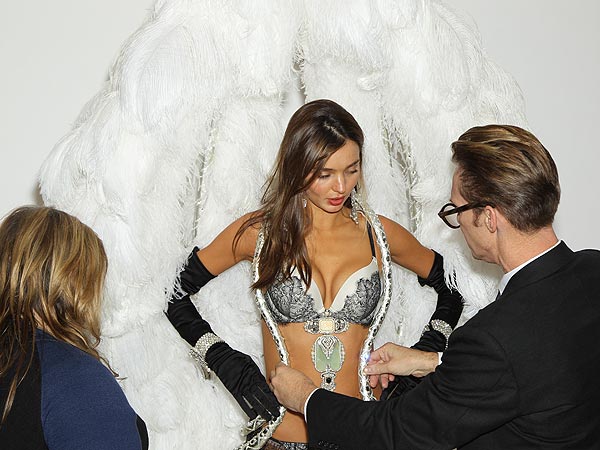Now, rebel fighters are going house to house arresting people, many of whom have not been seen again by their families.
“You say the littlest thing and they disappear you,” said an unemployed man named Luke.
In the past week, the rebels have been unstoppable, steamrolling through one town after another, seizing this provincial capital, and eviscerating a dysfunctional Congolese Army whose drunken soldiers stumble around with rocket-propelled grenades and whose chief of staff was suspended for selling crates of ammunition to elephant poachers.
Riots are exploding across the country — in Bukavu, Butembo, Bunia, Kisangani and Kinshasa, the capital, a thousand miles away. Mobs are pouring into streets, burning down government buildings and demanding the ouster of Congo’s weak and widely despised president, Joseph Kabila.
Once again, chaos is courting Congo. And one pressing question is, why — after all the billions of dollars spent on peacekeepers, the recent legislation passed on Capitol Hill to cut the link between the illicit mineral trade and insurrection, and all the aid money and diplomatic capital — is this vast nation in the heart of Africa descending to where it was more than 10 years ago when foreign armies and marauding rebels carved it into fiefs?
“We haven’t really touched the root cause,” said Aloys Tegera, a director for the Pole Institute, a research institute in Goma.
He said Congo’s chronic instability is rooted in very local tensions over land, power and identity, especially along the Rwandan and Ugandan borders. “But no one wants to touch this because it’s too complicated,” he added.
The most realistic solution, said another Congo analyst, is not a formal peace process driven by diplomats but “a peace among all the dons, like Don Corleone imposed in New York.”
Congo’s problems have been festering for years, wounds that never quite scabbed over.
But last week there was new urgency after hundreds of rebel fighters, wearing rubber swamp boots and with belt-fed machine guns slung across their backs, marched into Goma, the capital of North Kivu Province and one of the country’s most important cities.
The rebels, called the M23, are a heavily armed paradox. On one hand, they are ruthless. Human rights groups have documented how they have slaughtered civilians, pulling confused villagers out of their huts in the middle of the night and shooting them in the head.
On the other hand, the M23 are able administrators — seemingly far better than the Congolese government, evidenced by a visit in recent days to their stronghold, Rutshuru, a small town about 45 miles from Goma.
In Rutshuru, there are none of those ubiquitous plastic bags twisted in the trees, like in so many other parts of Congo. The gravel roads have been swept clean and the government offices are spotless. Hand-painted signs read: “M23 Stop Corruption.” The rebels even have green thumbs, planting thousands of trees in recent months to fight soil erosion.
“We are not a rebellion,” said Benjamin Mbonimpa, an electrical engineer, a bush fighter and now a top rebel administrator. “We are a revolution.”
Their aims, he said, were to overthrow the government and set up a more equitable, decentralized political system. This is why the rebels have balked at negotiating with Mr. Kabila, though this weekend several rebels said that the pressure was increasing on them to compromise, especially coming from Western countries.
On Sunday, rebel forces and government troops were still squared off, just a few miles apart, down the road from Goma.
The M23 rebels are widely believed to be covertly supported by Rwanda, which has a long history of meddling in Congo, its neighbor blessed with gold, diamonds and other glittering mineral riches. The Rwandan government strenuously denies supplying weapons to the M23 or trying to annex eastern Congo. Rwanda has often denied any clandestine involvement in this country, only to have the denials later exposed as lies.










